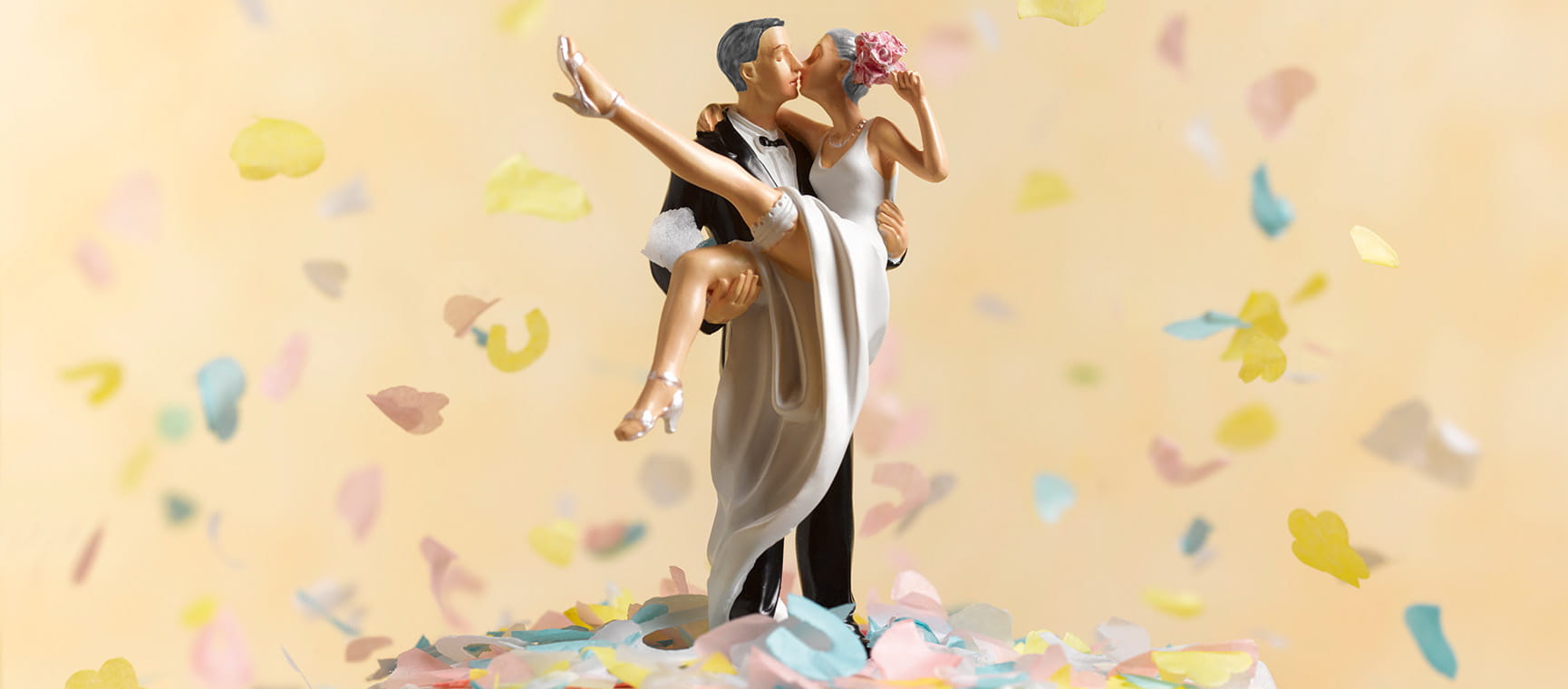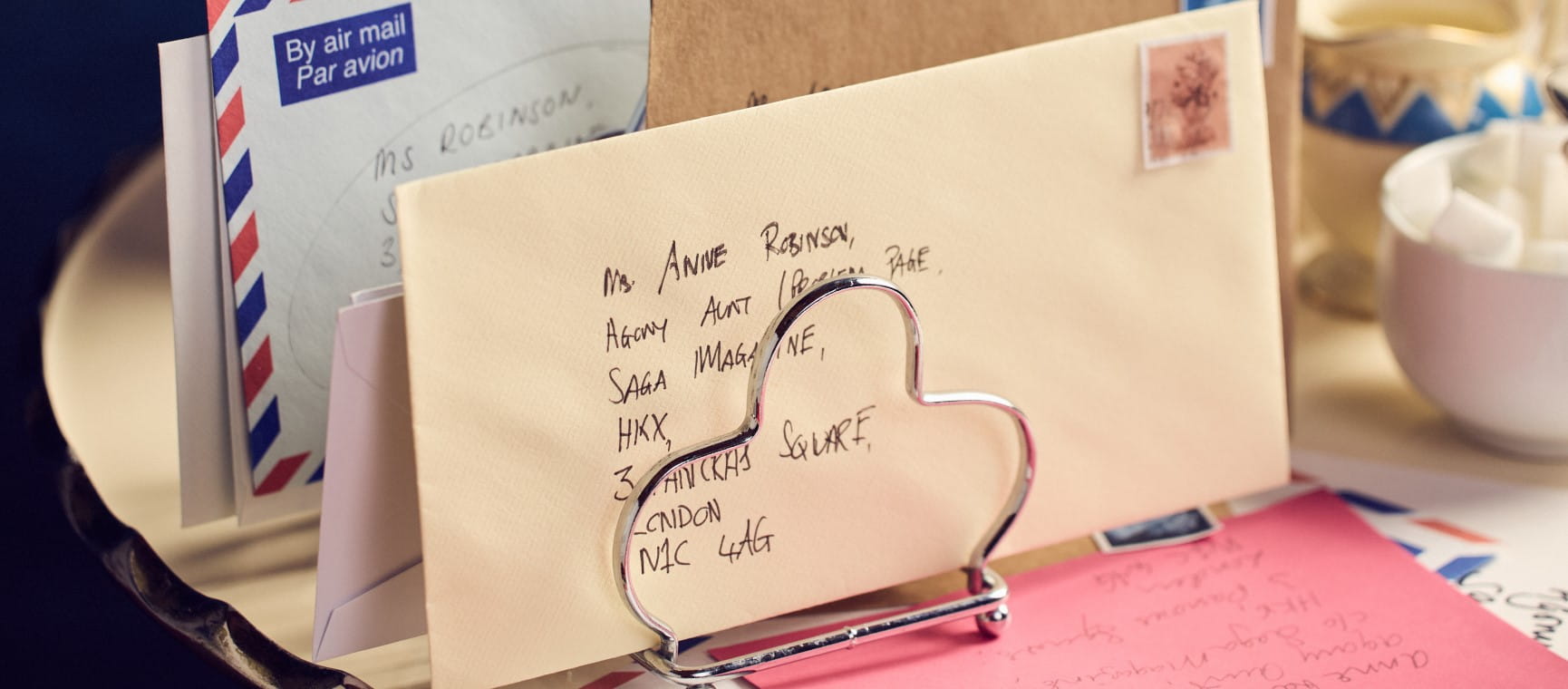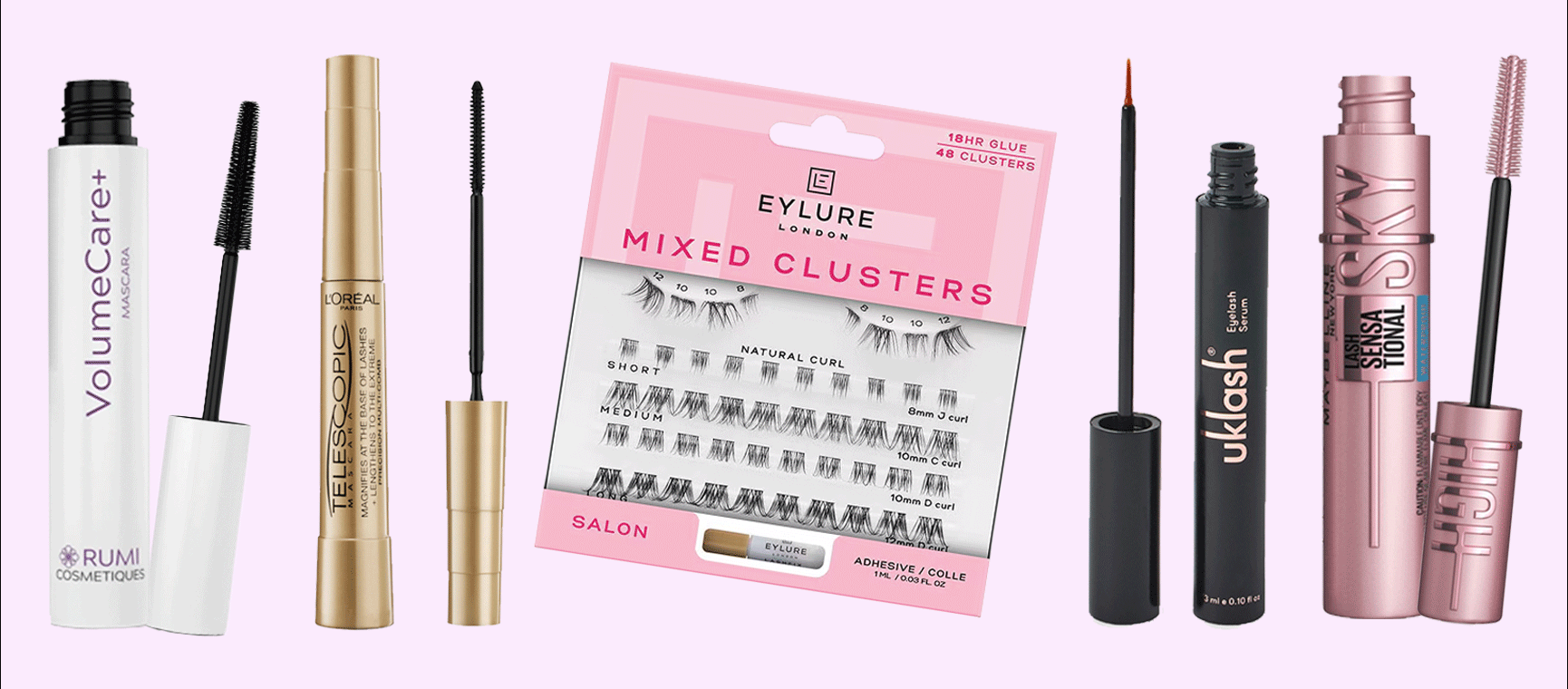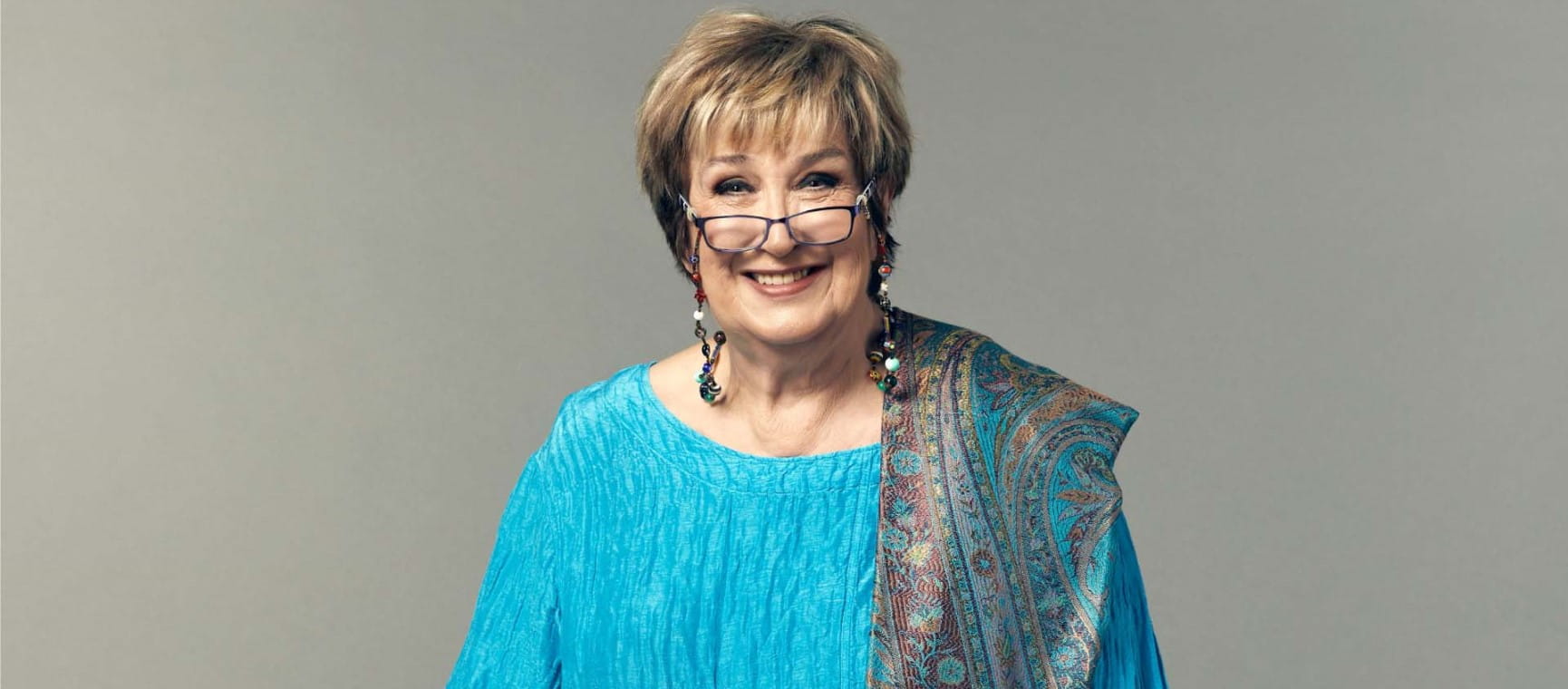How to make your grey hair look great – expert tips
Silver hair is now the height of fashion, but there’s an art to it says a leading colourist who’s got the best advice.
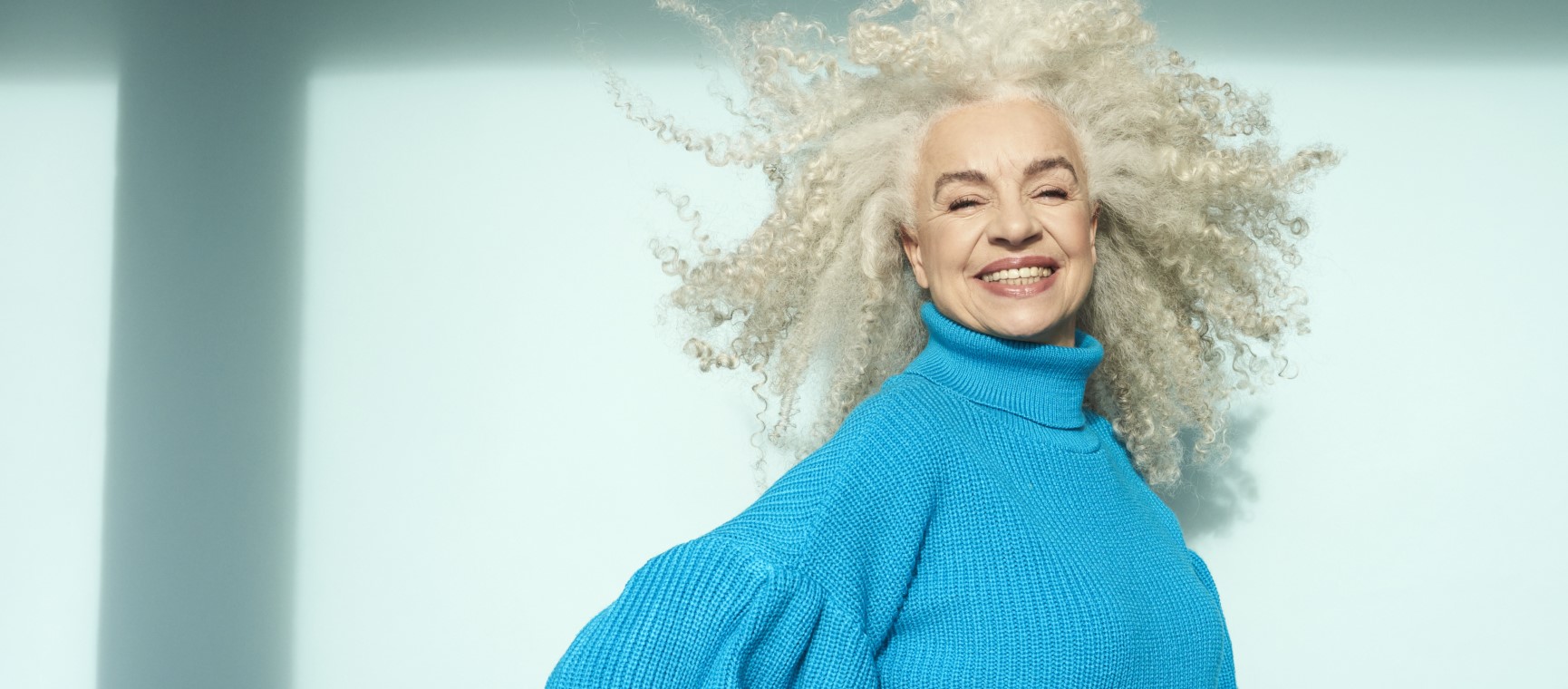
Silver hair is now the height of fashion, but there’s an art to it says a leading colourist who’s got the best advice.

Grey hair is having a bit of a moment.
A-listers such as Helen Mirren, Jane Fonda, Andie MacDowell and Sharon Stone have all proudly embraced it. Even Debbie Harry is shunning the style that gave her the moniker Blondie, instead choosing to show off her silver locks.
Across the country, shades of grey are being enthusiastically adopted by increasing numbers of women. Suddenly, going grey is a fashion statement with a hint of rebel spirit about it.
Even fashion bible Vogue is steadfastly behind the silver movement, dubbing model Kristen McMenamy’s grey hair “iconic”.
The magazine, whose UK editor-at-large Sarah Harris has long, silvery-grey hair herself, recently hailed going grey as an assertion of confidence and intent. This is a refreshing new take on a look that has long been considered distinguished on men – who, once they go grey, are often flatteringly described as “silver foxes”.
Suddenly, going grey is a fashion statement with a hint of rebel spirit about it
The similarly positive slant on the language around women going grey is overdue, according to Anna Murphy, fashion director at The Times and author of the style guide Destination Fabulous.
“Grey hair used to be seen as something that would immediately age you, making you look over the hill and unfashionable,” she explains. “But like so much in life, it depends how you do it.”
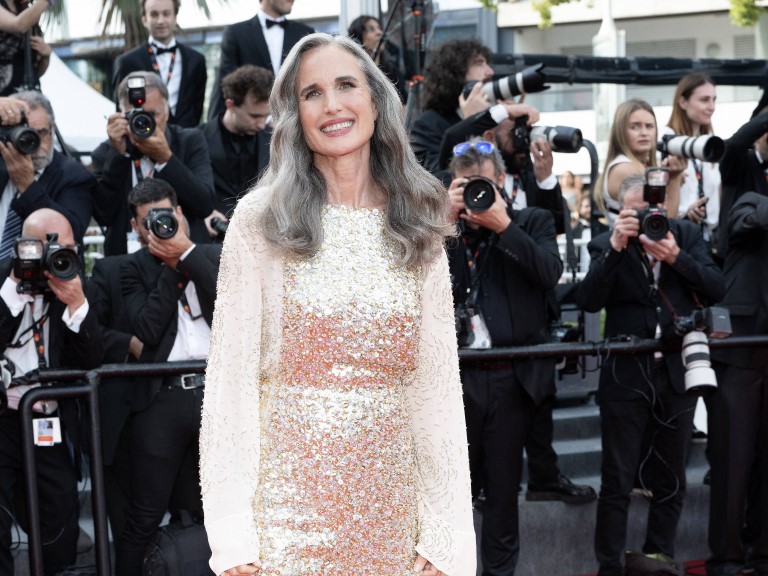
As women age, says Murphy, how we present ourselves becomes more important than ever.
“What you wear, the kind of style you have your grey hair cut into, your make-up – those things are all important. But even more so, it’s the smile on your face, the light in your eyes and the way you’re living your life that help make embracing going grey a powerful moment of self-esteem.
“Grey hair, plus a colourful outfit and bright lipstick does not equate to, ‘Oh, she looks old, she looks over the hill’. It becomes a statement of confidence, self-love and non-conformity.”
Murphy speaks as both a fashion expert and as a woman who stopped tinting her own grey hair in her early 40s.
She’s 52 now and says she’s never regretted it. She’d grown tired of the time and expense involved in visiting her colourist to touch up her grey roots – vivid against her dark hair – every few weeks.
“I went for broke and just let it grow out,” she says, but adds that if she were doing it now she’d enlist the help of a top colourist who specialises in easing the transition with artful high and lowlights, known as “grey blending”.
This has become the new, clever way of going grey that avoids the months of mismatched roots that can make the whole thing feel like an ordeal.
One such expert is Wella master colourist Gustav Fouche, who has styled the hair of stars including Kate Hudson and Gal Gadot.
Here he shares his top tips on “grey blending”:
Letting hair go grey or white is rarely a case of just letting it go.
I say rarely, because a few lucky people have naturally steely white hair that looks effortlessly bright without doing a thing to it.
Judi Dench and Helen Mirren fall into that category. But they will almost certainly have white enhancement treatments professionally applied several times a year to keep it looking that way.
That could be a light bleach wash, baby highlights (tiny, imperceptible lights through the hair) that brighten everything up, or a gloss treatment that neutralises yellow tones.
Don’t stop colouring your hair and expect nature to take its course.
At the very least you should focus on keeping your grey hair in tip-top condition – well moisturised and your scalp properly cared for – while tackling any yellowing with blue gloss treatments that will gently lift the shade and correct unwanted tones.
I don’t tend to recommend violet gloss, because I find it can leave hair looking flat. Blue creates a more dramatic and glamorous steely effect with high shine.
I’d advise keeping regular appointments with a colourist experienced at looking after grey hair.
Depending on where you are in the transition that will either be to help the process feel painless with cleverly placed highlights and lowlights or to get rid of any unwanted pigment on your hair.
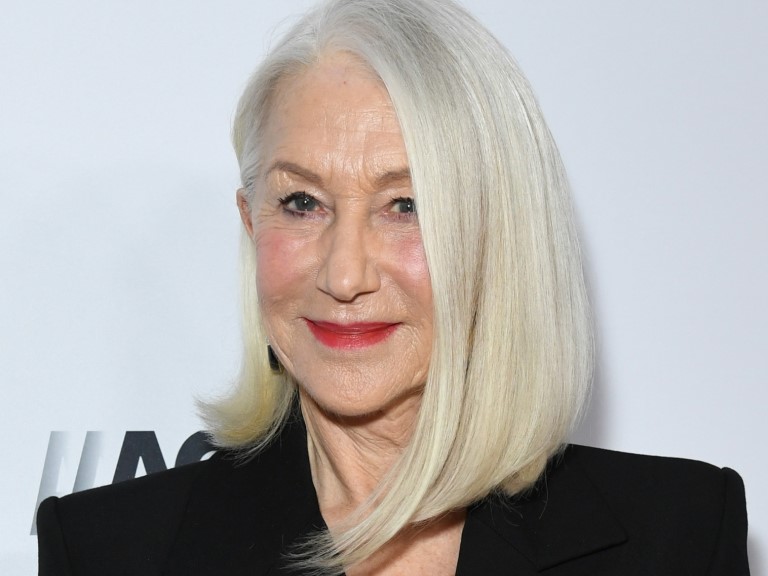
Air pollution, hard water and UV light exposure all affect melanin – the pigment we produce that colours our hair, skin and eyes.
As we age we produce less melanin, and our hair turns white, but not completely, so in most people a very pale-yellow undertone will remain.
The pigment can also be yellowed by the sun, the minerals in your water supply, chemicals in swimming pools, heat from straighteners and even certain medications.
A cleansing treatment every 12 weeks will remove unwanted pigment.
The lighter your hair, the easier the transition to grey tends to be. If you’re a brunette and vow to stop using colour until it’s grown out, you’ll need to prepare for at a year of your hair not looking its best.
A colourist can ensure you won’t look like your roots need doing throughout the transition.
If hair is resistant to being lightened then I’ll use a combination of highlights and a lightish shade of tint on the roots. Tinting the roots when trying to grow out colour might sound counterproductive, but this is only to soften them to make the regrowth far less noticeable.
Different shades of grey will suit different skin tones, so it’s important to get the colours of the highlights and lowlights right.
We all have either cool or neutral, or warm or beige skin tones. If you fall under cool or if you’re very golden, silver hair works really well. But if you’re more of a beige or neutral, silver can wash you out, so you need much warmer tones.
Overall, grey blending is a work of art – one that can enhance a woman’s looks rather than taking away from them.
Kate Spicer went grey in 2020 at the age of 50 and has never looked back.
It’s telling that neither my granny (born 1920) nor my mum (born 1943) chose to go grey. But aged 50, I did.
Turning grey has become much more acceptable in recent years. It’s a sign that you are at ease with ageing. But we don’t want to give up and give in.
We are doing it with expert help. Sarah Bower, my hair colourist, is a “grey blending” specialist. She lets people go grey gradually and get used to it.
As she explains, grey hair is actually a mix of white hair (that has lost its melanin and pigment) and the existing darker tone. What makes grey hair look drab is not the white hair, but the mix of the two.
“There is no way to replicate the white in a salon; the lightest you can go is a sort of pale yellow, which is not attractive,” says Sarah. “What I do is work a few darker lowlights through the hair, and work either side of the natural streaks of white to make them pop.”
Sarah’s little tweaks give my hair a subtle lift and regular glossing treatments dial up the shine. “The primary things that make grey hair look lovely are a good cut and having a great texture,” Sarah adds.
To ensure my hair doesn’t collapse into shapelessness I see my hairdresser Kieran Tudor for regular cuts.
“Grey hair is not just about changes in colour – the structural changes will also make it more coarse and less shiny,” says Kieran.
Together we decided to chop it all off once I’d decided to go grey.
He recommends avoiding too many harsh chemicals, and a good shampoo is essential – I always use Heart of Glass by Davines shampoo and hair oil, and love the Silverati by Oribe hair wax.
Grey is at its hardest to wear when I am tired. Sometimes it can feel like I’ve given up, surrendered, faded. But with a good cut, a few flashes of Sarah’s contrast painted in, a kiss of sun, a bright dab of blusher and a smile, I actually prefer the grey to the dye job.

For a limited time, enjoy 3 issues of Saga Magazine for just £1. Receive the next 3 print editions delivered direct to your door, plus 3 months’ unlimited access to the Saga Magazine app—perfect for reading on the go.
Don’t miss your chance to experience award-winning content at an exceptional price.

The ultimate guide to Saga Puzzles, full of technical tips, tricks and hints.

With the start of the new financial year on 6 April, our money expert explains the changes to your pension, benefits and taxes.


